Contents Sand and Water Play: Simple, Creative Activities for Young Children Sherrie West and Amy Cox Illustrations: K. Whelan Dery Dedication We dedicate this book to the Melba S. Lehner Childrens School at Weber State University for their philosophy to always put the child first.
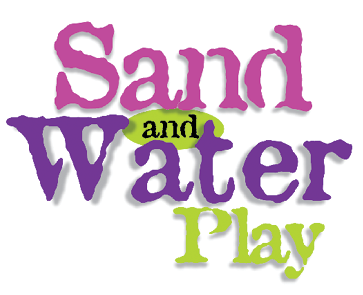
Simple, Creative Activities for Young Children Sherrie West and Amy Cox

gryphon house , Inc. Lewisville, NC Copyright 2001 Sherrie West and Amy Cox Published by Gryphon House, Inc. PO Box 10, Lewisville, NC 27023 800.638.0928 (toll free); 877.638.7576 (fax) Visit us on the web at www.gryphonhouse.com All rights reserved.
No part of this publication may be reproduced, stored in a retrieval system or transmitted in any form or by any means, electronic, mechanical, photocopying, recording or otherwise, without prior written permission of the publisher. Reprinted December 2011 Library of Congress Cataloging-in-Publication Data West, Sherrie 1957 Sand and water play: simple, creative activities for young children / Sherrie West and Amy Cox; illustrations, K. Whelan Dery. p. cm. Includes index.
ISBN 978-0-87659-247-2 1. Early childhood educationActivity programsHandbooks, manuals, etc. I. Cox, Amy, 1968 II. Title. LB1139.35.A37 W427 2001 372.13--dc21 2001023918 Illustrations: K.
Whelan Dery Cover photograph: Straight Shots Product Photography, Ellicott City, Maryland. Bulk purchase Gryphon House books are available at special discount when purchased in bulk for special premiums and sales promotions as well as for fund-raising use. Special editions or book excerpts also can be created to specification. For details, contact the Director of Sales at the address above. Disclaimer The publisher and the authors cannot be held responsible for injury, mishap, or damages incurred during the use of or because of the activities in this book. The authors recommend appropriate and reasonable supervision at all times based on the age and capability of each child.
Preface There is a growing emphasis on learning basic skills and concepts at a young age. Because children learn best when they can control and act upon their own environment, we firmly believe that they need many opportunities to play with different mediums, such as sand, water, clay, playdough, and so on. Creative play and hands-on experiences are essential to the development of well-balanced children. Children need to have the opportunity to see, touch, learn, and express themselves. Therefore, teachers have the responsibility to create an environment that can stimulate childrens senses and curiosity. Teachers may not be aware of the importance of a sand and water table and how it can increase learning in a school setting.
Every child, including one who is developmentally delayed, can benefit from using the sand and water table. Experiences in the sand and water table have a sensory motor quality, which is a unique attribute that allows children to release tension in a non-threatening environment and help them develop new skills, increasing their confidence. Sand and water experiences will also help children grow in all areas of development. For example, some children will have their first positive social interactions at the sand and water table. Also, a child may be more comfortable trying a writing experience at the sand and water table. That child may then use this new-found confidence to try a literacy activity elsewhere in the classroom.
Perhaps he or she can have a positive experience with letters and be more willing to try different activities. In addition, a child can be motivated to increase and use his or her verbal skills in this setting. Sand and water activities allow children to have hands-on experiences, gain confidence, and move to higher levels of learning. These few examples demonstrate the importance of using a sand and water table in the classroom every single day. To help teachers accomplish this goal, this book provides a collection of activities written by teachers who work in an early childhood university lab setting. Introduction We have created the activities in this book to enhance the developmentintellectual, literacy, emotional, social, physical, and diversityof the whole child.
The activities are geared for children ages three to six years old. We believe that looking at the individual child and recognizing his or her specific needs is critical. It is important that teachers choose an activity based on a childs needs and interests. First, observe the child to determine what is most important for him or her to learn. Then, choose the activity according to the childs development and what that child is capable of learning. You might want to choose an activity because of a specific childs strength or weakness.
Plan and prepare the activity, adapting the level of difficulty depending upon the childrens grade level. Most of the activities are written for the preschool setting. However, there are variations and ideas in the activities that you can use in kindergarten or first grade to teach reading, math, and other areas of development. Always remember that the best activities are open-ended and hands-on. Be creative and adapt the activity to meet childrens needs. Remember, it is not the product that matters most, but the process.
An important aspect of using the sand and water table is to keep it safe and healthy for children. The following are some guidelines to follow: 1. Teachers should never leave children unattended around any type of water, indoors or out. An adult must be present at all times. 2. 3. 3.
Sanitize the tub and supplies after each use. 4. Make sure the children wash their hands before and after using the sand and water table. 5. Color the water with washable paint or liquid watercolors. 6.
Make sure the water level in the sand and water table is age-appropriate. For example, when planning for toddlers, fill it about 2 (5 cm) deep. For three- and four-year-olds, fill it approximately 5 (12 cm) deep. How to Use This Book Objectives Objectives can be long-term goals or short-term goals. Short-term goals, which are generated from long-term goals, give direction to daily teaching. They should be specific for the individuals in your class.
The objectives we created for each activity in this book are goals we believe can be met through that specific activity (short-term goals). When doing an activity, you can focus on one, two, or more of the suggested objectives. However, if none of the suggested objectives will work for you, change them to fit the childrens needs. As you incorporate our objectives into your lesson plans, make sure they are measurable and can be met. The only way a teacher knows whether or not an objective has been met or a child has learned something is through evaluating and comparing what the child already knew with what the child now knows. The teacher knows if the activity is effective if he or she can see a changed outcome in the childs behavior through observation.
Evaluation is critical. A teacher must know if his or her activities are helping the child progress through the developmental sequence. If the desired objective is not met and does not enhance the childs development, the teacher must reassess the childs needs and make new short-term goals. If you do not meet your long-term goals, then develop more short-term goals or consider the possibility that what you want the children to learn is not appropriate for their developmental sequence. Becoming familiar with developmentally appropriate practices will help you make informed decisions while planning. The purpose of early education is to foster competency in young children in all areas of development.


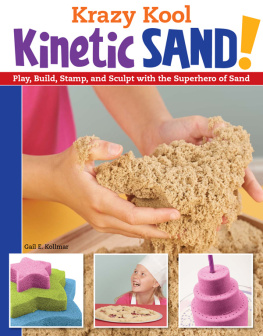

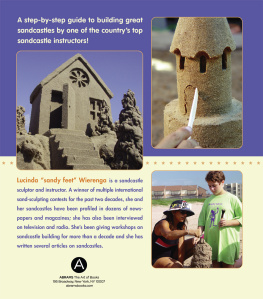
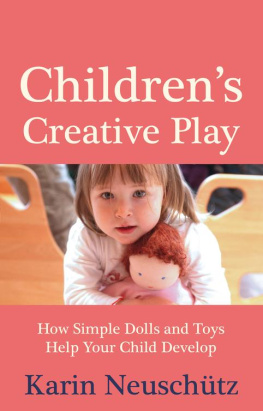
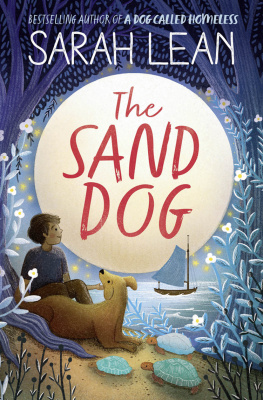
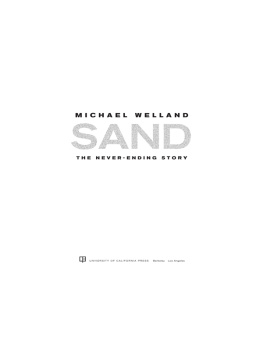


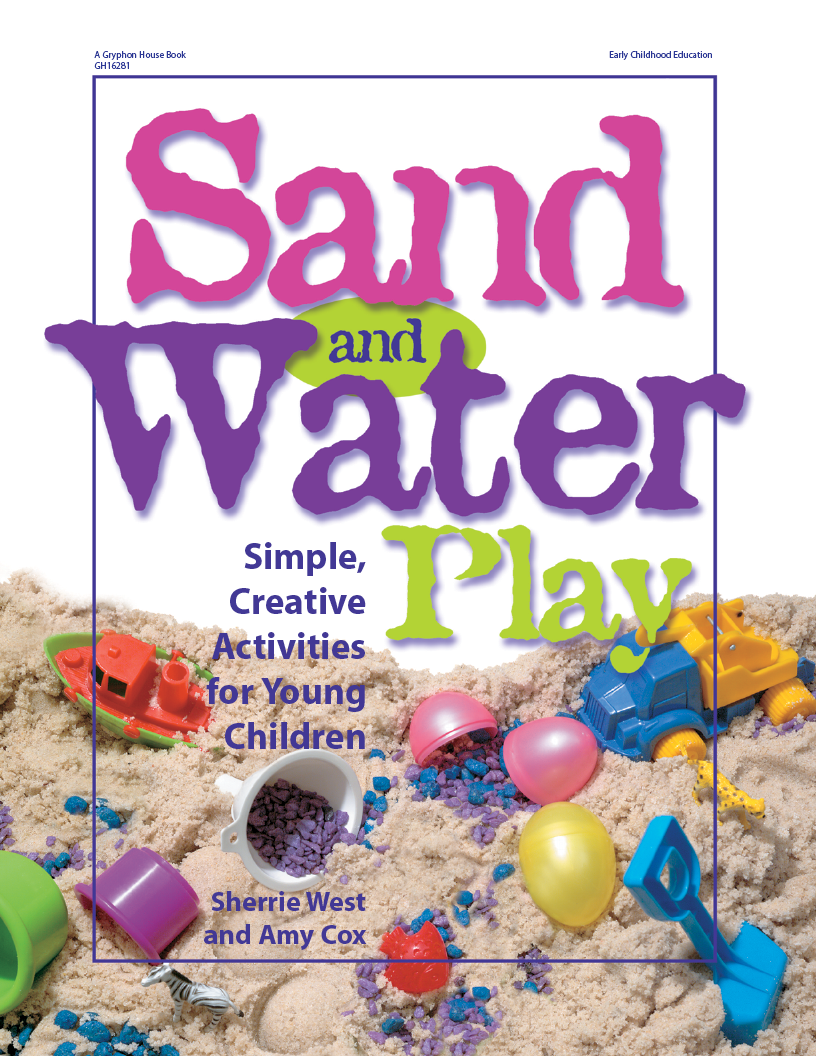
 Simple, Creative Activities for Young Children Sherrie West and Amy Cox
Simple, Creative Activities for Young Children Sherrie West and Amy Cox  gryphon house , Inc. Lewisville, NC Copyright 2001 Sherrie West and Amy Cox Published by Gryphon House, Inc. PO Box 10, Lewisville, NC 27023 800.638.0928 (toll free); 877.638.7576 (fax) Visit us on the web at www.gryphonhouse.com All rights reserved.
gryphon house , Inc. Lewisville, NC Copyright 2001 Sherrie West and Amy Cox Published by Gryphon House, Inc. PO Box 10, Lewisville, NC 27023 800.638.0928 (toll free); 877.638.7576 (fax) Visit us on the web at www.gryphonhouse.com All rights reserved.